May 1st – May Day – International Workers Day
May 1st is celebrated in many countries worldwide, with two seemingly contradictory intentions. One dates back to ancient times – officially welcoming spring with flowers, festivities, and Maypoles. The other dates to the 19th century, when May 1st was chosen as the date to celebrate International Workers’ Day – a celebration of worker solidarity and protests. But where do these celebrations actually originate from? Let’s take a look:
May Day:
Since way back in Roman times, May 1st has been celebrated in the Northern Hemisphere as a spring festival; a time to celebrate fertility, nature, and agriculture. Many observants gather wildflowers and branches, make floral garlands, wreaths and bouquets to hang above doors to ward off demons, and – in some ardent circles – crown a “May Queen!” In standard practice, May Day is a celebration of outdoor fun in the warm weather, acknowledging the days are getting longer and summer is close by. Some people
(often school children) still participate in the venerable practices of hanging a May basket on a neighbor’s door, and dancing around the Maypole. One of the oldest traditions associated with May Day is to wash your face with dew at dawn, which some believe will beautify the skin!
International Workers’ Day/Labor Day:
International Workers’ Day, known as Labor Day in many countries, dates back to the 19th century when working conditions were harsh and dangerous. In the U.S., the American Federation of Labor voted in 1884 for the eight-hour working day. On 4th May 1886, over 2,000 union workers gathered in front of the McCormick plant in Chicago on strike demonstrating against the dangerous, unhealthy working conditions they were subjected to. It soon spread nationwide to other cities including New York and Baltimore. During a series of protests in Chicago, several protesters and police officers were killed; leading to six suspects being imprisoned under a death sentence. In 1893, Illinois Governor John Peter Altgeld pardoned three of the defendants. Thus May 1st was set aside as a day to commemorate those who lost their lives in what was to be known as the “Haymarket Massacre” and a celebration of the economic and social achievements of the labor movement.
May 1 Around the World: How do our Partner Communities Celebrate?
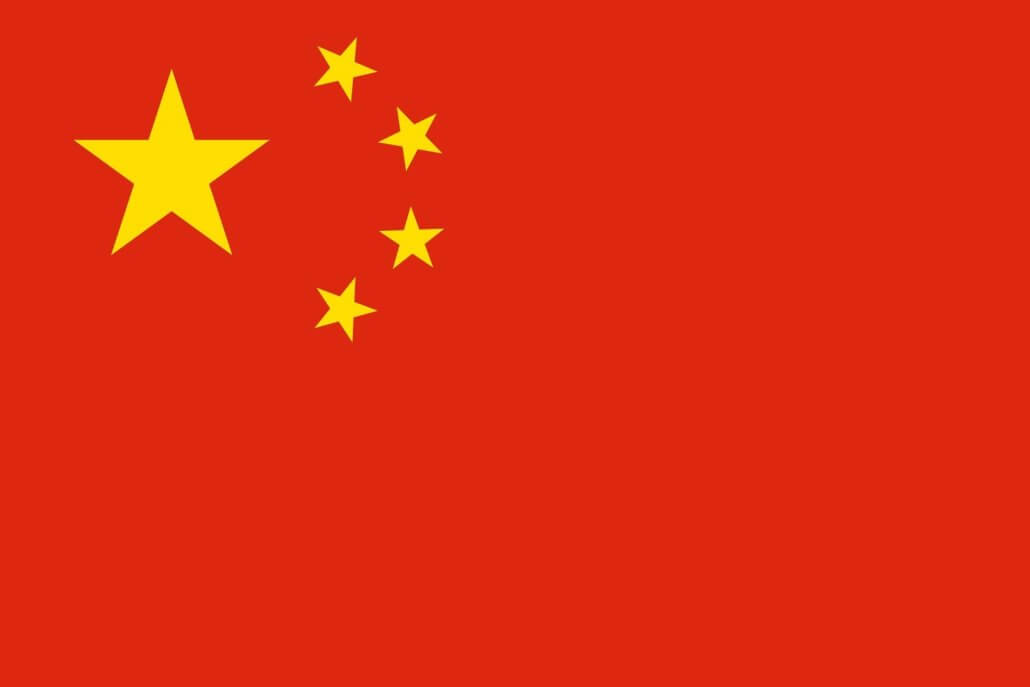
China 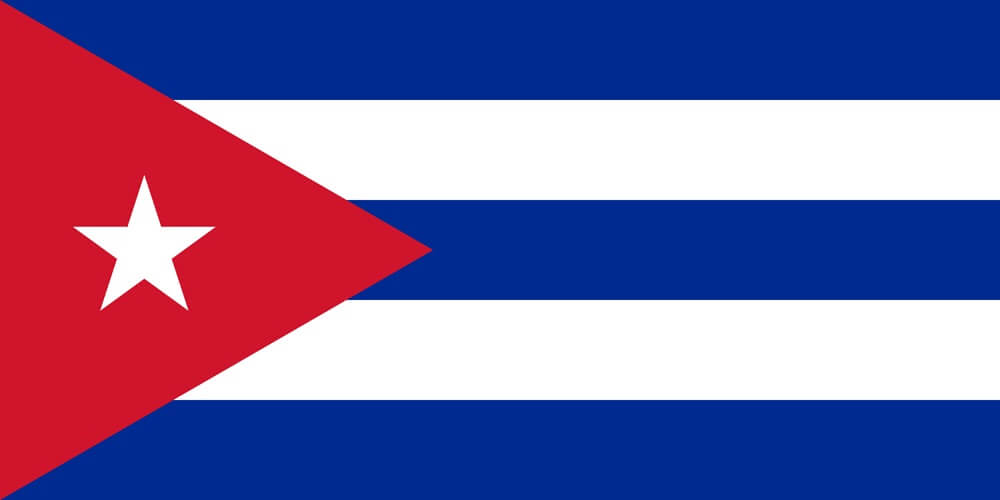
Cuba 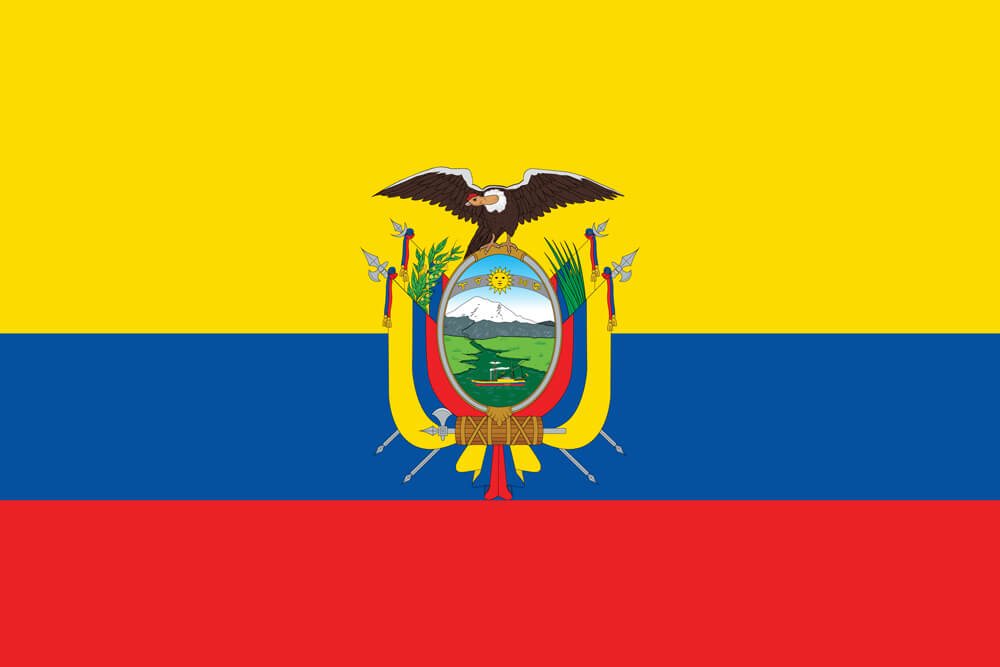
Ecuador 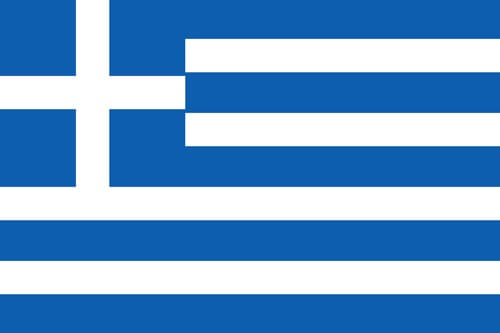
Greece
China celebrates “International Workers Day” over three days with speeches by political officials, award ceremonies dedicated to outstanding employees and galas. It’s also a time for retailers to make a profit, as shopping is also high on the list of preferred activities.
Cuba was one of the first countries to celebrate “Labor Day” back in 1890. The largest celebration takes place in Havana, where workers march with their colleagues to Revolution Square to hear speeches and live music.
In Ecuador, people celebrate Día del Trabajador (International Worker’s Day) also known as “May Day.” It’s a celebration of the Labor movement, and in the larger cities, it’s not uncommon to see union members and workers involved in protest marches and celebrations.
The celebrations in Greece are called Protomayia (1st May); a double celebration of spring and the Labor movement together. In the larger towns, you’ll see friendly demonstrations, while most people choose to gather wildflowers to make “Mai”(wreathes or bouquets) and hang them outside their houses or businesses. Later in June, they are burned for good luck and fertility.
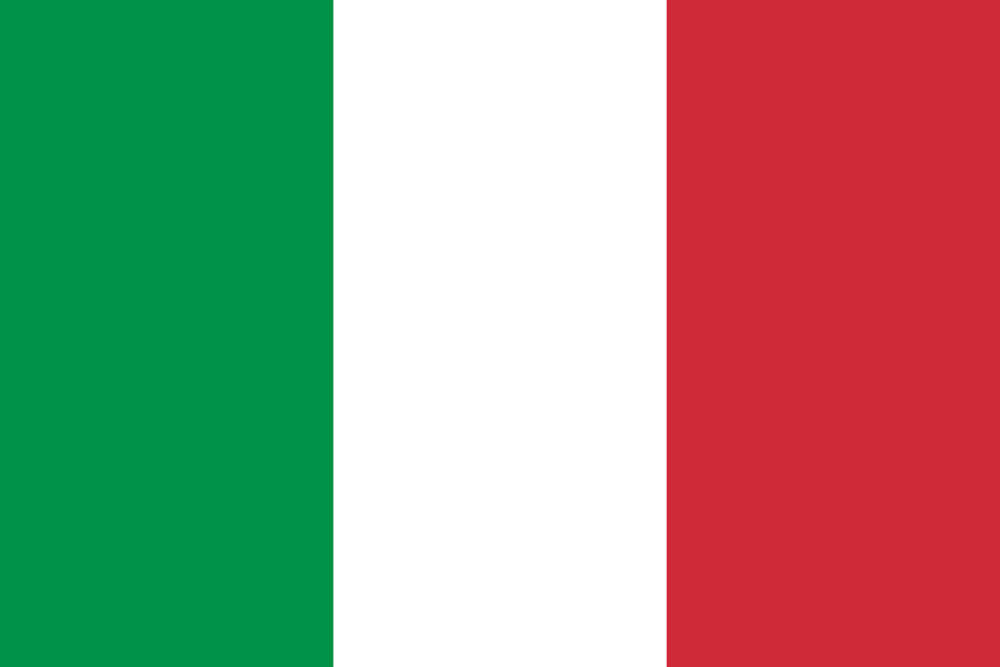
Italy 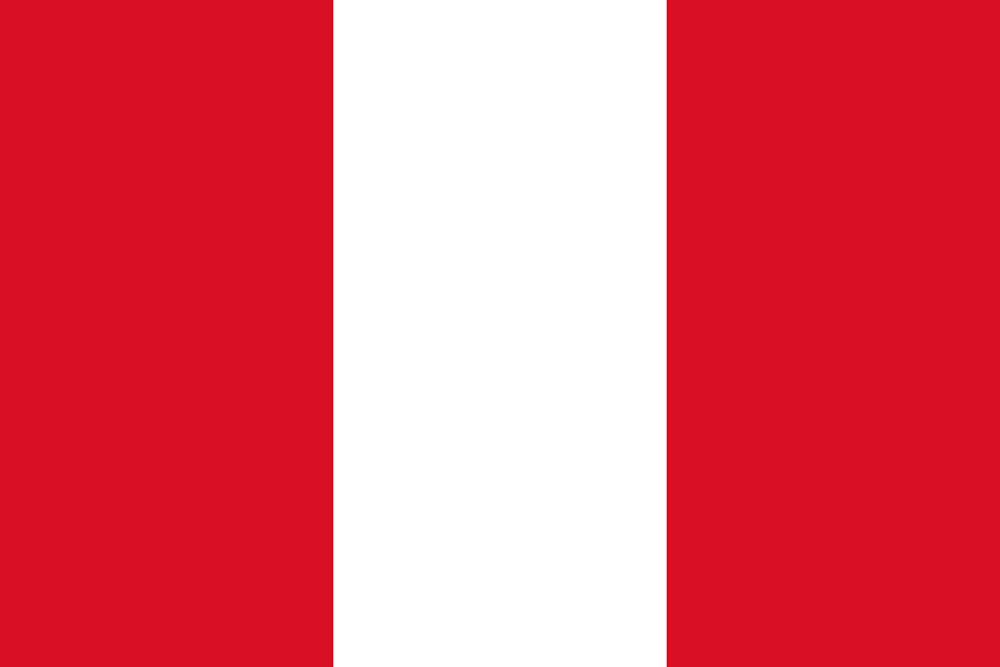
Peru 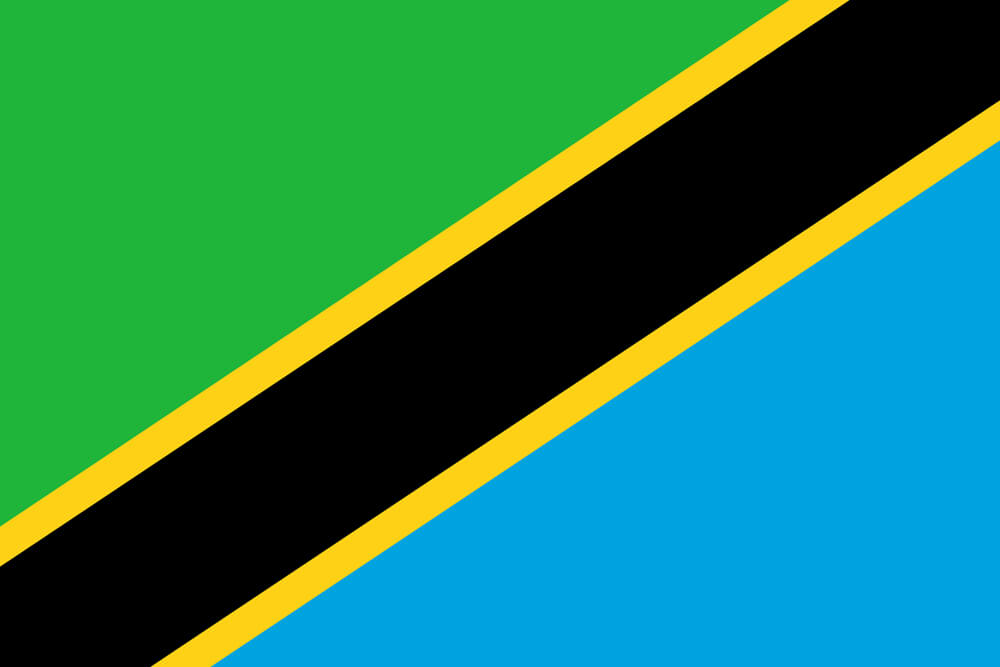
Tanzania 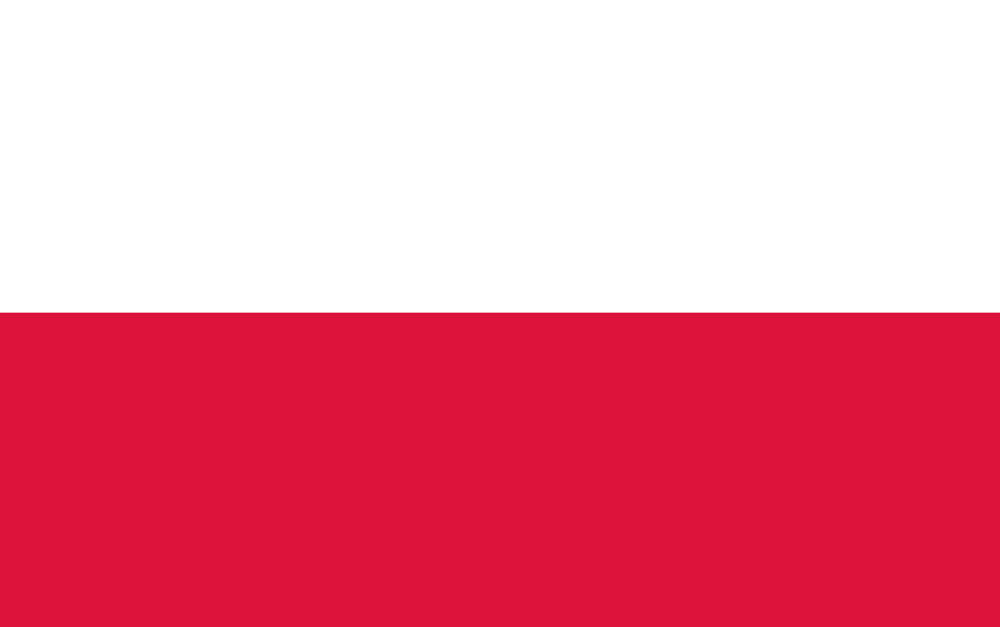
Poland 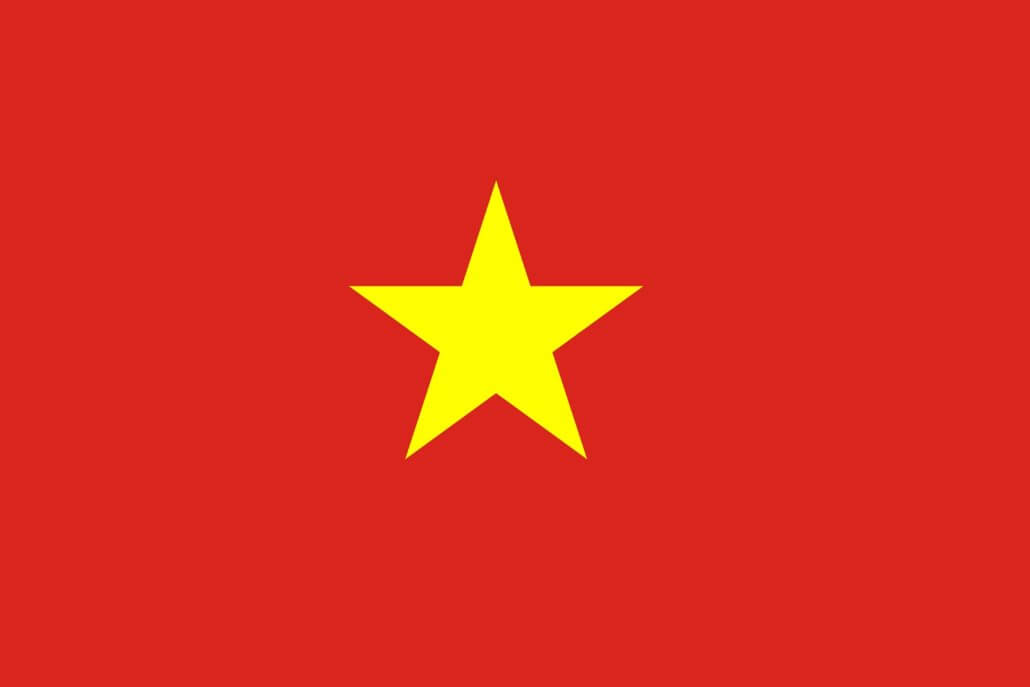
Vietnam
Italy celebrates La Festa dei Lavoratori (Labor Day) with all-day concerts; the largest taking place in Piazza San Giovanni in Rome. Over half a million people attend every year to hear not only famous Italian artists but also artists renowned worldwide. For some Italians, May 1st is considered the “happiest day of the year”. In some communities, the tradition for the May Pole “alberi della cucagna” (trees from the land of milk and honey) is celebrated. May Poles are greased with lard topped with prosciutto, mortadella cheeses, and money dangling from the top. The goal is to climb to the top of the pole which is greased with lard. Eventually, after many efforts, the grease wears off and someone gets the prize.
Since 1905, our Peruvian friends have been celebrating Dia de Los Trabajadores, (Labor Day) in the rural and urban areas. In the major cities, it’s celebrated with demonstrations by labor unions, members and workers. But for the most, it’s a public holiday – a time to spend with family and friends.
Tanzania recognizes May 1st as “International Workers Day.” It’s a day of processions, rallies, and events organized by the labor organizations. In the larger cities, it’s also a day for parades and a time when commissioners will recognize award-winning workers.
In Poland, “Labor Day” is celebrated with quality family time. Most often, you’ll find families and friends gathering for outside activities as the weather is warmer and spring has arrived. It also coincides with May 3rd, Poland’s constitution day, so many Polish workers take a long weekend away from work.
Interestingly, Ngay Quoc te Lao Dong (International Labor Day) is celebrated in Vietnam on May 1 in remembrance of the 1886 Haymarket massacre in Chicago. It’s a public holiday where the Vietnamese spend time with family and friends outside, also commemorating the beginning of spring.
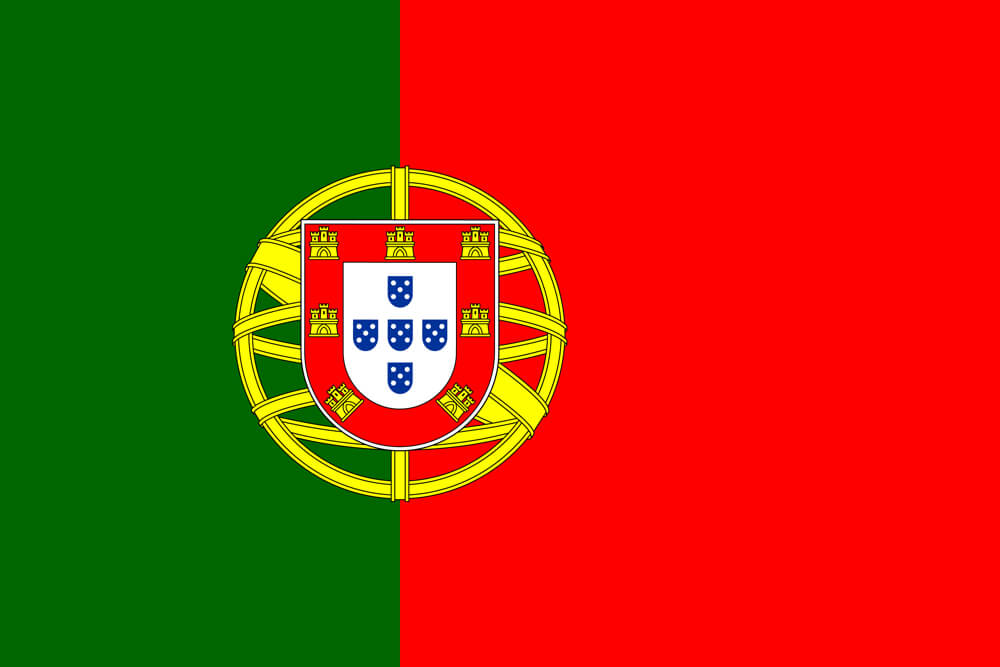
Portugal 
St. Lucia 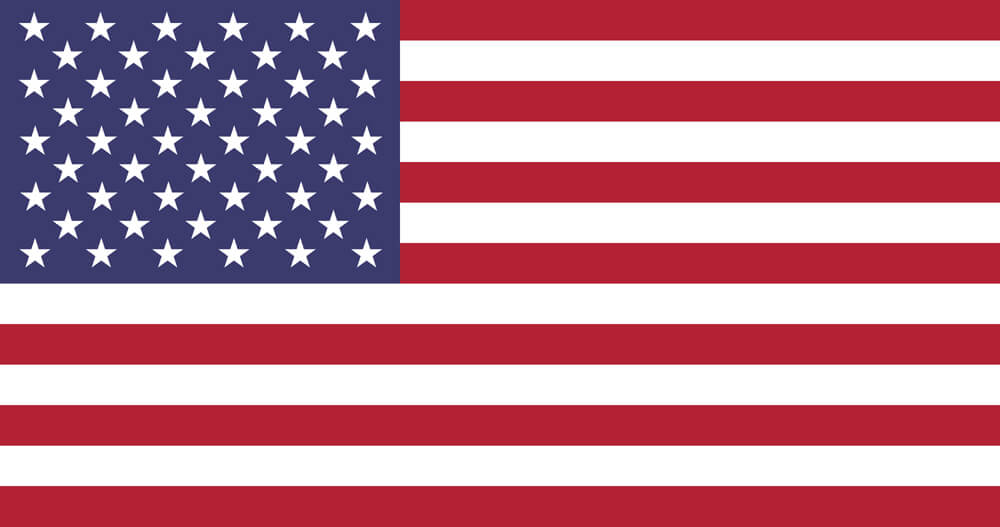
U.S.A.
The festivities in Nepal are known as Majdur Diwas. Majdur means labor and Diwas means day. It’s a national holiday, and noted as a “huge” celebration because of its significance worldwide. The Nepali celebrate with demonstrations and rallies in the larger towns.
Primeiro de Maio (May 1st ) is celebrated in Portugal with rallies and demonstrations in the larger cities organized by the main union federations. It’s also considered the beginning of spring. Families gather sprigs of broom and place them in windows and doors to ward off evil spirits for the coming year.
“May Day” in St. Lucia is a public holiday on May 1. It’s time taken for rest and relaxation with family members and friends.
While it isn’t a national holiday in the USA, “May Day” is considered the beginning of spring. In some regions, it’s celebrated by dancing around a Maypole or by making May baskets (paper cones filled with little candies and treats and sometimes flowers wrapped with ribbon) hung on the doors or left on the doorsteps of neighbors.




Leave a Reply
Want to join the discussion?Feel free to contribute!